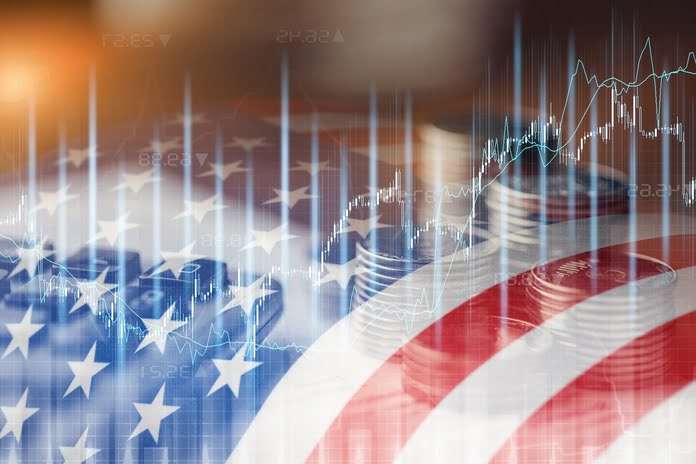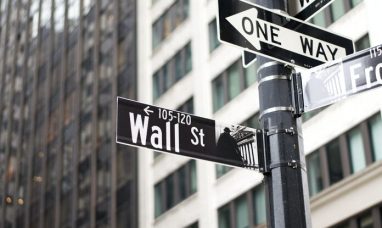As of early 2022, the Federal Reserve has taken measures to address inflationary pressures by gradually raising interest rates, aiming for what economists term a “soft landing.” This delicate balance involves slowing economic growth to curb demand and lower inflation without triggering a significant downturn or a surge in unemployment. Recent indicators suggest that the U.S. economy might be on the path to achieving this elusive feat.
Historically, achieving a soft landing has proven challenging. Notably, in 1994-95, the Federal Reserve succeeded in implementing a soft landing by doubling the federal funds rate to 6%. This move curtailed economic growth without plunging the economy into a recession. However, it had repercussions, including significant losses in the bond market and contributing to the 1994 bankruptcy of Orange County, California. The rise in interest rates also led to Mexico seeking a bailout from the U.S. and International Monetary Fund.
Recent economic data offers a nuanced perspective on the possibility of a soft landing. October retail sales declined by a modest -0.1% month-on-month, surpassing expectations of a -0.3% decline. Excluding autos, retail sales unexpectedly rose by +0.1% month-on-month, stronger than the anticipated -0.2% decline. Additionally, the October Consumer Price Index (CPI) excluding food and energy eased to +4.0% year-on-year, beating expectations of no change at 4.1% and marking the smallest increase in over two years. Producer Price Index (PPI) excluding food and energy also showed a decrease to +2.4% year-on-year, weaker than the anticipated +2.7% and the smallest year-on-year increase in almost three years.
Analysts have been surprised by the resilience of the U.S. consumer, prompting some to reconsider their recession forecasts and express optimism about the prospect of a soft landing. The chief economist at Comerica Bank highlighted the potential for continued consumer spending growth in 2024, albeit at a modest pace. They expressed confidence in the economy returning to a more normal rate of inflation and growth without slipping into a recession.
However, uncertainties persist, with factors such as a cooling job market, persistent inflation, and higher borrowing costs potentially impacting consumer spending. Recent reports from retailers Target and Walmart indicate a mixed picture. Target reported a second consecutive quarter of sales decline, while Walmart expressed caution about the consumer, citing a “sharper falloff” in sales in the last two weeks of October. Despite these challenges, Target’s CEO sees “great resiliency” in the face of mounting consumer issues.
According to the chief international economist for ING Financial Markets, as the U.S. economy navigates through these uncertainties, the soft landing narrative gains support from subdued price pressures and resilience in economic activity. The future trajectory will depend on how well consumer spending holds up amid evolving economic conditions.
Featured Image: Freepik @ BillionPhotos













